Your search for the perfect travel destination ends here! If you’re planning a trip to South America, Peru is the place you have to visit.
On the wide and diverse list of travel spots in South America, Peru stands out as a true cultural and natural gem. This year, Peru has been honored with four awards at the World Travel Awards, confirming its place as a world-class tourist destination. These prestigious recognitions not only celebrate the country’s traditional richness and breathtaking landscapes but also highlight its exceptional culinary scene, historical heritage, and its star attraction: Machu Picchu.
If you’re looking for a travel experience packed with history, culture, nature, and adventure, Peru should be at the very top of your list. Not only will it meet your expectations, but it will far exceed them, leaving you with unforgettable memories and a burning desire to return and explore this fascinating South American country even further.
Join us as we uncover what makes Peru so special!
World Travel Awards 2024 Recognitions for Peru
If you’re considering exploring South America, Peru awaits with open arms to offer you an experience you’ll never forget. And it’s not just us saying it—tourism experts from all over the world agree that Peru is an exceptional country that stands out in many ways.
Here are the awards Peru received at the World Travel Awards, the most prestigious accolades in the tourism industry:
World’s Leading Culinary Destination
Peru has been honored as the World’s Leading Culinary Destination at the World Travel Awards—and for good reason. Peruvian cuisine is globally celebrated for its diversity, exquisite flavors, and unique culinary techniques.
From fresh and revitalizing ceviche to the spicy rocoto relleno (stuffed pepper), every dish is a cultural treasure and a feast for the senses. Lima, the capital, is a culinary epicenter where indigenous, European, African, and Asian traditions blend to create an unparalleled gastronomic experience.
World’s Leading Cultural Destination
Peru’s rich history is evident in every corner of the country, from ancient Inca ruins to vibrant festivals that celebrate its millennial traditions. Being recognized as the World’s Leading Cultural Destination is a testament to the abundance of its cultural heritage.
Peru is a treasure full of history and culture that dates back thousands of years. Living examples include ancient pre-Columbian civilizations such as the Incas and the Moche, as well as the Spanish colonial influence that left its mark on cities like Lima, Cusco, and Arequipa. This spectacular fusion makes Peru a fascinating destination.

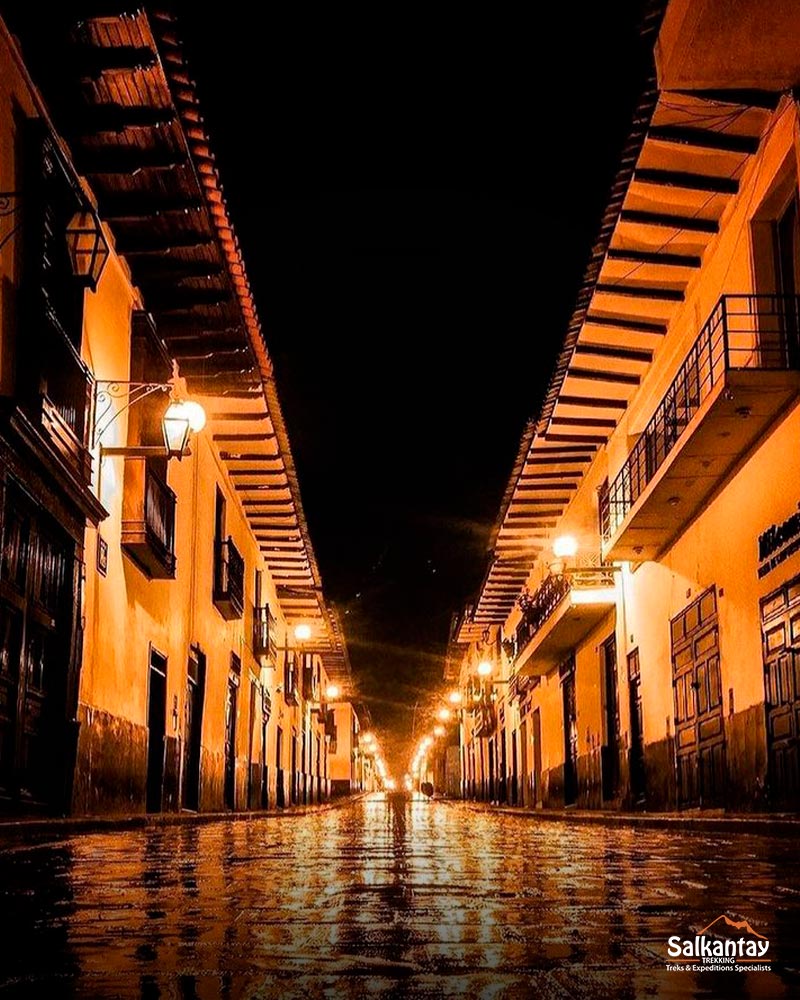
World’s Leading Tourist Attraction: Machu Picchu
Machu Picchu, the crown jewel of Peruvian tourism, has been recognized as the World’s Leading Tourist Attraction. This lost city high in the Andes is a reminder of the engineering and spirituality of the Inca civilization. The grandeur of its landscapes and the magic emanating from its ancient stones make Machu Picchu an experience that exceeds all expectations.
Among all the tourist attractions in the world, Machu Picchu shines as the very best, a source of pride for all Peruvians who love their homeland and feel deeply moved to see it so highly valued.
South America’s Leading Destination
Being named South America’s Leading Destination at the World Travel Awards highlights Peru’s versatility as a place that truly has it all: stunning spots like the pristine beaches along the Pacific coast, the mystical Amazon rainforest, and the snow-capped peaks of the Andes. Peru’s geographic diversity offers a wide range of activities for all types of travelers, from adventurers to those seeking relaxation and wellness. Peru is a country of contrasts, with extraordinary and diverse landscapes, and each region offers scenery that will leave you breathless.
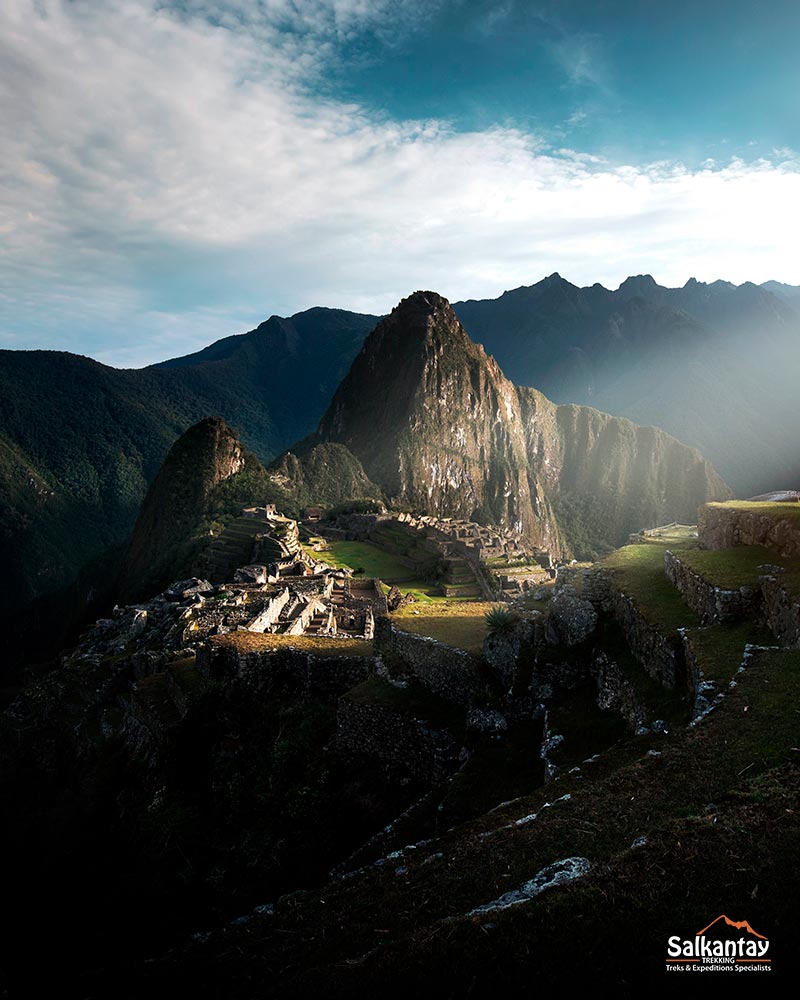
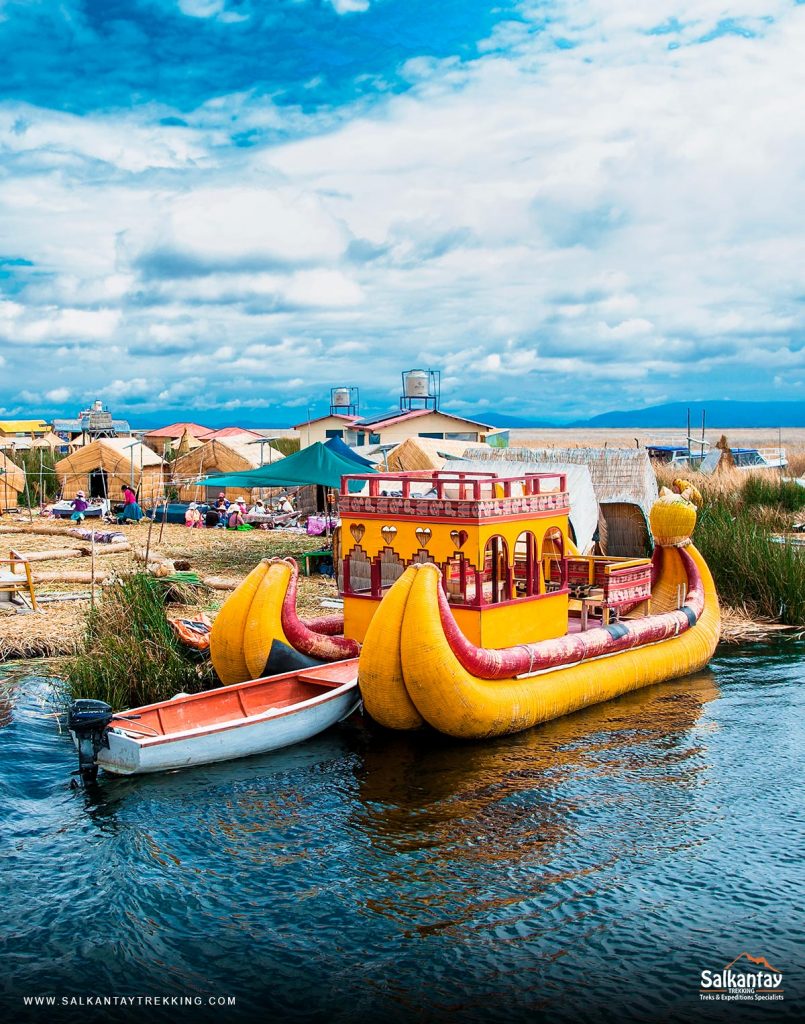
A country with a unique geography
Peru is located on the western coast of South America, serving as a connection point between several countries. It borders Colombia, Ecuador, Brazil, Bolivia, and Chile, making it historically an important place for cultural and commercial convergence in the southern part of America.
Peru’s geography is incredibly diverse and complex. The country is mainly divided into three regions, each with its own distinct characteristics: the coast, the highlands, and the jungle. These areas feature different landscapes, climates, and biodiversity, giving Peru a particular natural richness.
The country’s geographical diversity creates numerous microclimates. From the coastal desert to the snow-capped peaks of the Andes and the humid Amazon rainforest, Peru has climates ranging from temperate and arid to tropical and rainy. This results in unique ecosystems that host a stunning variety of flora and fauna, including countless species of plants, birds, reptiles, and mammals.
A world you’ll dream of discovering.
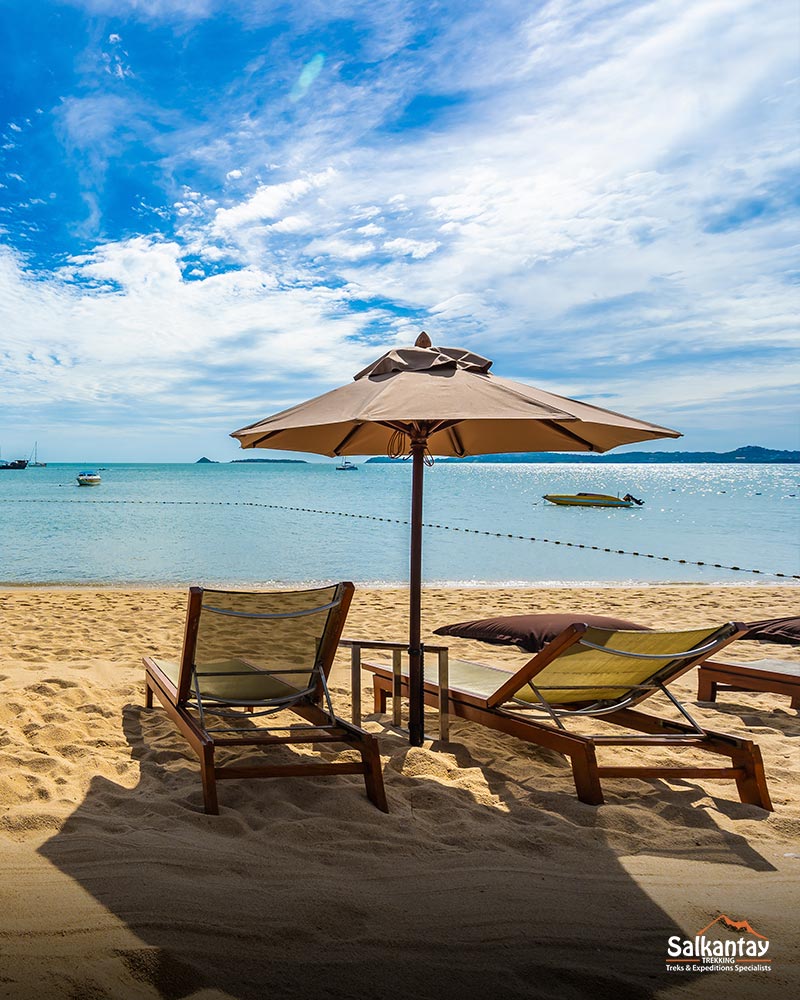
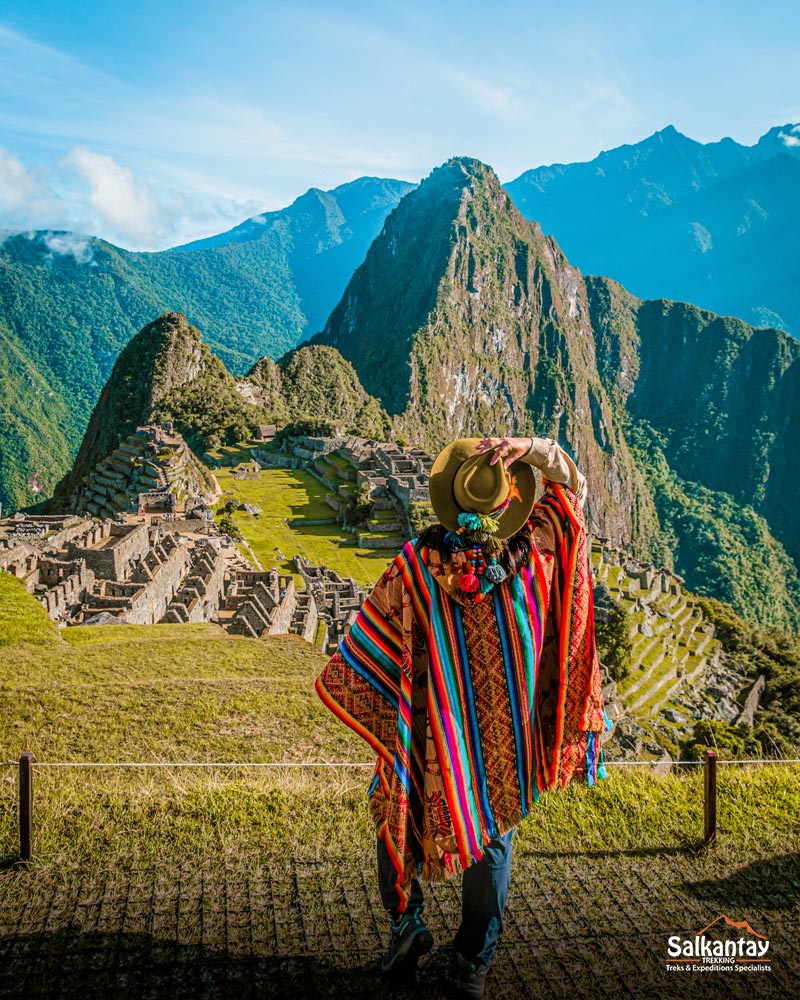
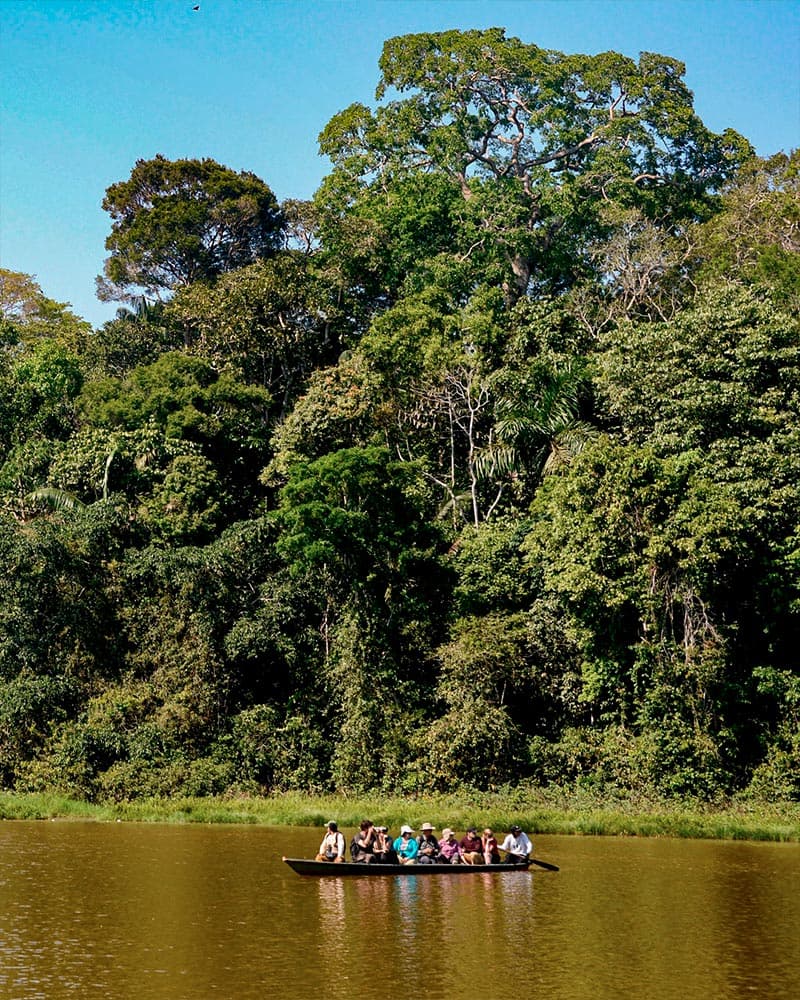
The Coast
Sea, beaches, and tropical weather: a true paradise you must experience.
The Peruvian coast stretches for 2,500 kilometers along the Pacific Ocean, giving the country a rich marine ecosystem from north to south. The geography ranges from vast deserts and dunes to valleys and stunning beaches. This diversity offers travelers various options and activities, including surfing, sandboarding, and wildlife watching. Additionally, this region is home to some of Peru’s most important cities, such as Trujillo, Piura, and the capital, Lima.
The terrain is predominantly desert, with vast arid plains and towering dunes. A prime example is the famous Ica Desert and the oasis of Huacachina. This dry climate is influenced by the Humboldt Current, a cold ocean current along the coast that reduces rainfall, creates a dry environment, and often leads to cloudy skies. This phenomenon also has given its name to one of Peru’s most unique species: the Humboldt penguin. These penguins can be spotted in areas like the Paracas National Reserve and the Ballestas Islands, where the waters remain cold.
In the north, near Piura and Tumbes, the conditions are the opposite. The beaches have warm waters and white sand, and they’re famous for their waves, making them ideal for surfing. This part of the coast is also home to fascinating animals like sea turtles, sea lions, and dolphins. If you visit between July and October, you’ll have the chance to witness the majestic humpback whales in their natural habitat.
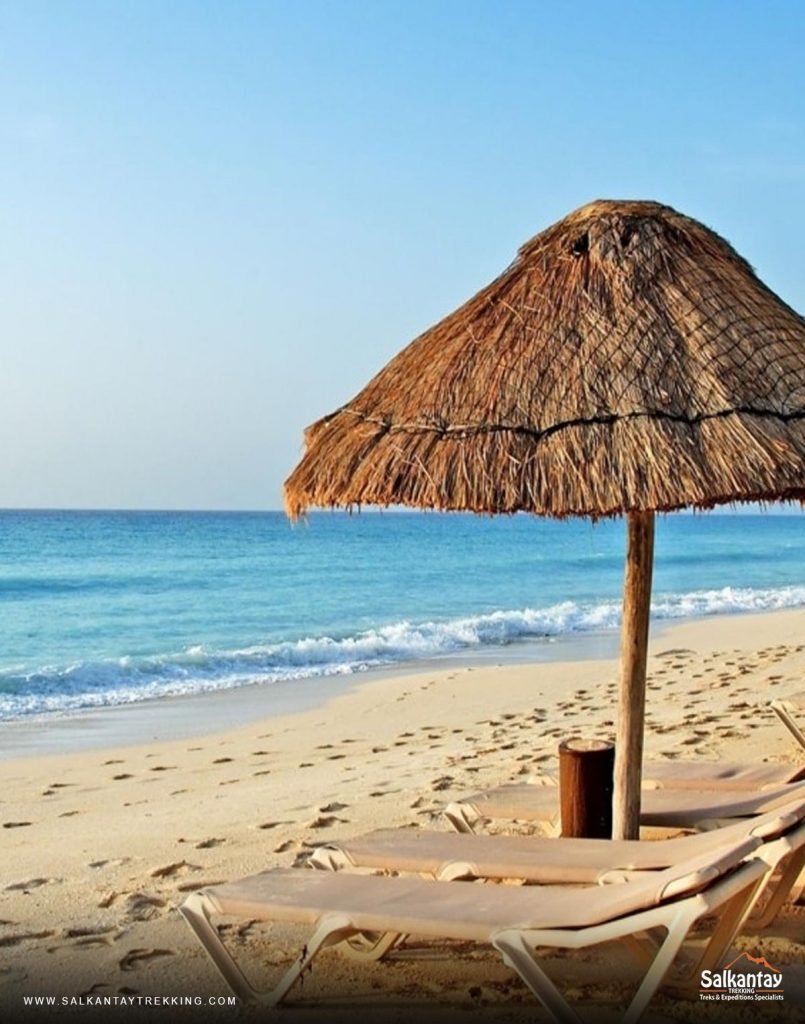
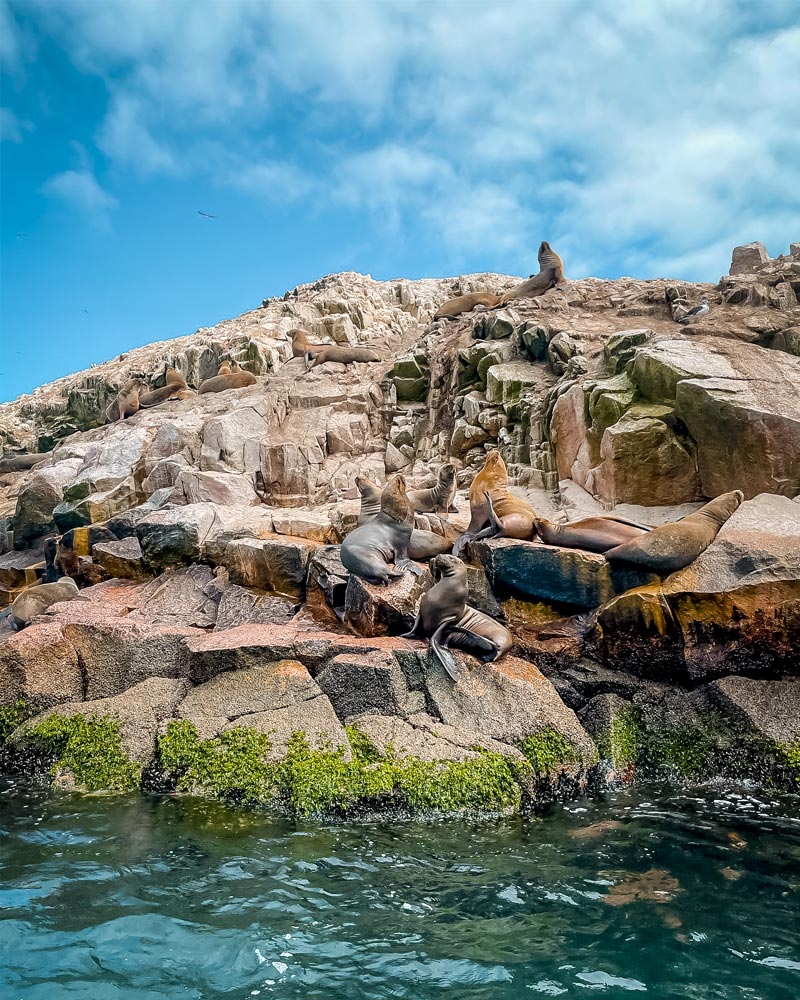
This abundance of marine species also boosts the fishing industry. Fishing is one of the most productive sectors along the Peruvian coast, supplying delicious fish like anchoveta and mackerel. Peru is also one of the world’s largest producers of fishmeal and fish oil, making the coast a vital hub for Peruvian international commerce. Despite being primarily a desert region, the coast features fertile valleys thanks to the rivers carrying water from the Andes mountains. These coastal valleys are rich agricultural lands where fruits and vegetables are grown, many of which are also exported.
Finally, it’s essential to highlight the culture of Peru’s coast. Despite the belief that coastal cities are relatively modern and lack historical depth, the truth is that this region has a fascinating heritage that was shaped by the fusion of different cultures. Afro-Peruvian music, for instance, is a cultural symbol of the coast. It blends traditional Peruvian and African elements, creating rhythms like festejo and landó. These vibrant styles are performed with instruments such as the Peruvian cajón, guitar, and castanets.
Do you prefer relaxing on a paradise beach, spotting some of the world’s most spectacular marine animals, or exploring a unique cultural blend? Visit the Peruvian coast and choose the adventure that suits you best!
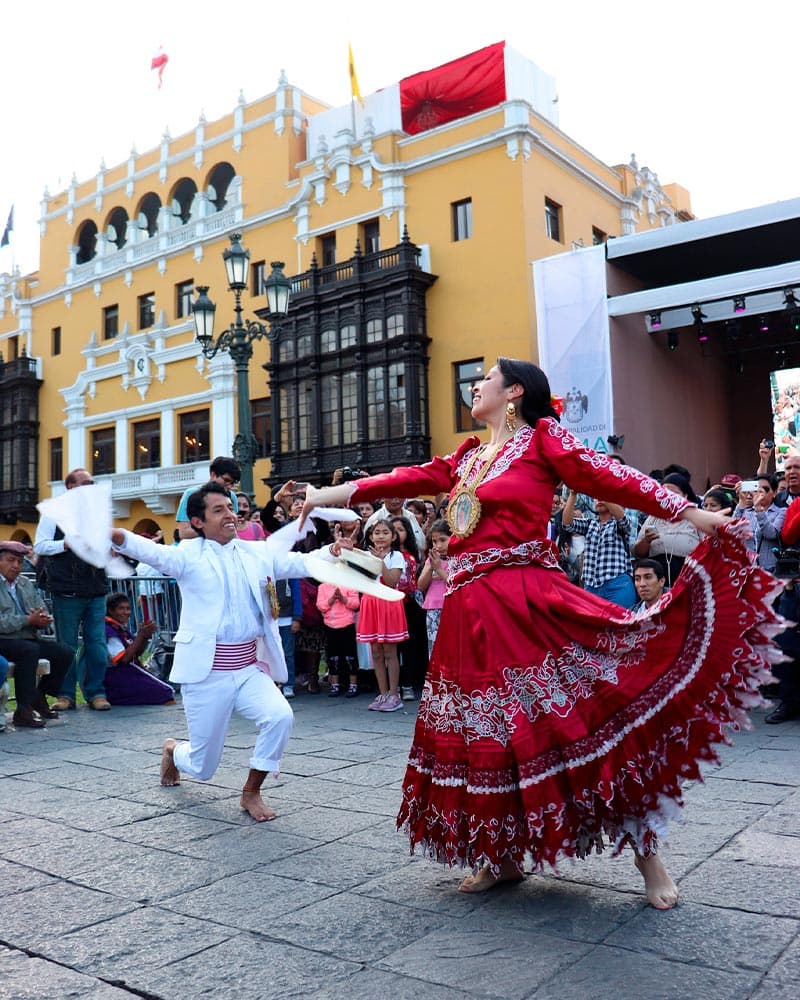

The Highlands
Feeling small before the majestic snow-capped mountains is an experience that will change you forever.
The Peruvian highlands encompass the Andes mountain range, which spans the entire country. This region is characterized by its great altitude, featuring breathtaking mountainous landscapes and some of the highest peaks in Peru and the Americas, such as Huascarán (6,768 meters/22,204 feet). This unique geography has given rise to species exclusive to high-altitude areas, such as the Andean condor, the vicuña, and the Andean bear. Additionally, native plants like maca and muña, known for their medicinal properties that help cope with altitude sickness, are integral to the region’s culture.
In the highlands, one can enjoy valleys, forests, canyons, lagoons, rivers, and waterfalls. Places like Lake Titicaca, the Sacred Valley, the Colca Canyon, and the Rainbow Mountain make the highlands an unparalleled tourist destination. The highlands are also home to one of Peru’s most iconic sites: Machu Picchu, the mythical Inca city declared one of the Seven Wonders of the Modern World.
- Routes you can’t miss: If you’re a hiking enthusiast, we recommend taking the Inca Trail or the Salkantay Trek to Machu Picchu. They will leave you speechless!
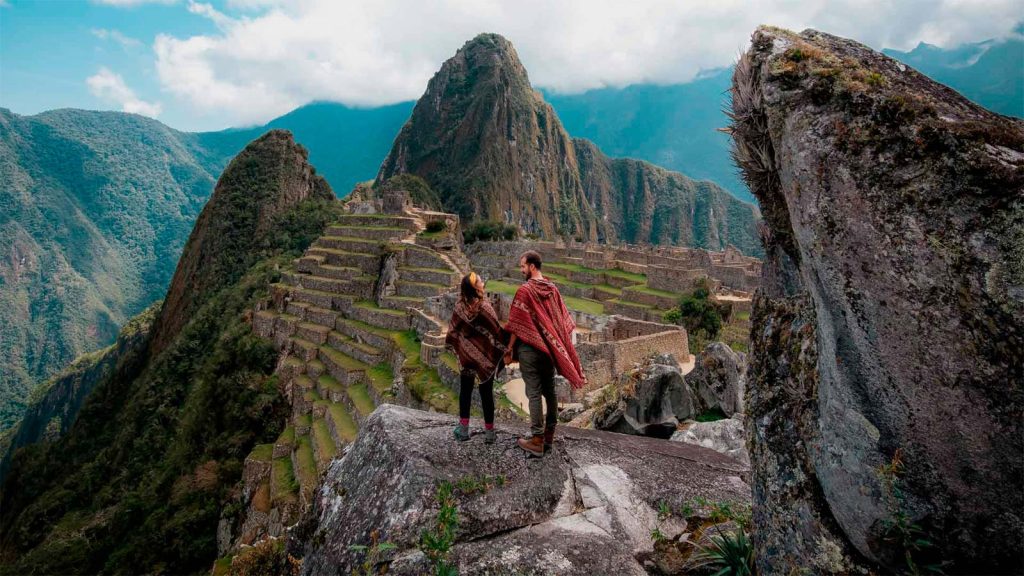

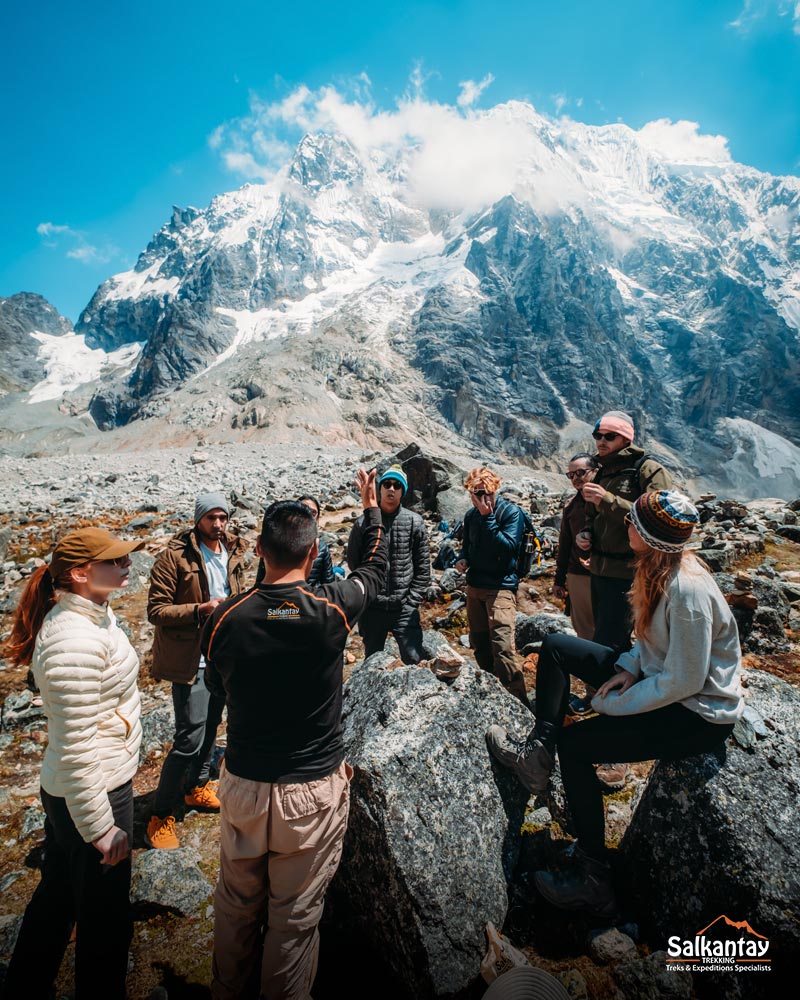
When it comes to historical and cultural richness, this is one of the most significant aspects of the highlands. The local population preserves the Quechua culture, celebrating their roots and keeping the legends of the Andes alive. In many communities, residents still wear traditional clothing, including ponchos, hats, and skirts adorned with colorful decorations.
Another tradition that continues to be practiced is agriculture and livestock farming, which are also key sectors driving the Andean economy. The highland inhabitants have successfully adapted agriculture to the mountains with systems like agricultural terraces, known as andenes. This farming method was perfected by the Incas and remains the primary way to cultivate crops such as potatoes, corn, and quinoa. Additionally, raising alpacas and llamas is essential to the region’s economy, providing both nutritious meat and some of the finest wool in the world.
While all these factors are important, it’s clear that tourism plays a crucial role in the development of the local economy. Thousands of travelers visit each year, eager to discover this fascinating region with so much to offer.
At Salkantay Trekking, we invite you to explore our region and love it as much as we do. Enjoy one of the world’s best trekking destinations while discovering one of the most captivating cultures on the planet!

The Jungle
Get ready to step into a boundless universe of nature in the Peruvian jungle!
The Peruvian jungle is made up of the Amazon region and accounts for 60% of the national territory, making it one of the largest regions in the country. It is recognized as one of the planet’s lungs due to its vast green spaces capable of absorbing large amounts of carbon dioxide.
The jungle is divided into the high jungle and the low jungle. The high jungle is a transitional zone between the mountainous climate of the Andes and the tropical climate of the Amazon. For this reason, it features dense vegetation, with deep valleys filled with waterfalls and cascades. On the other hand, the low jungle lies at a lower altitude and has a much warmer and more humid atmosphere. It is filled with tropical forests, home to mighty rivers like the Amazon River, the longest in the world.
- Routes You Can’t Miss: If you want to experience the thrill of both the Andes and the Amazon in one incredible adventure, we recommend our Inca Jungle Trail. Reach Machu Picchu while exploring the best of Peru’s mountains and jungle!
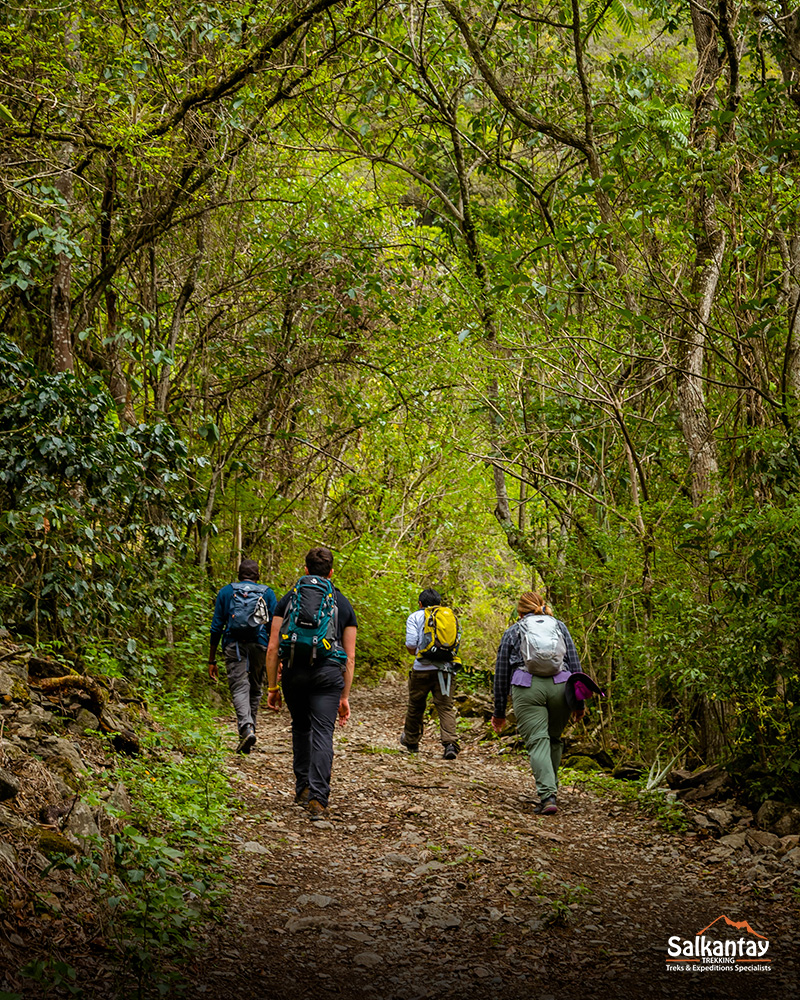
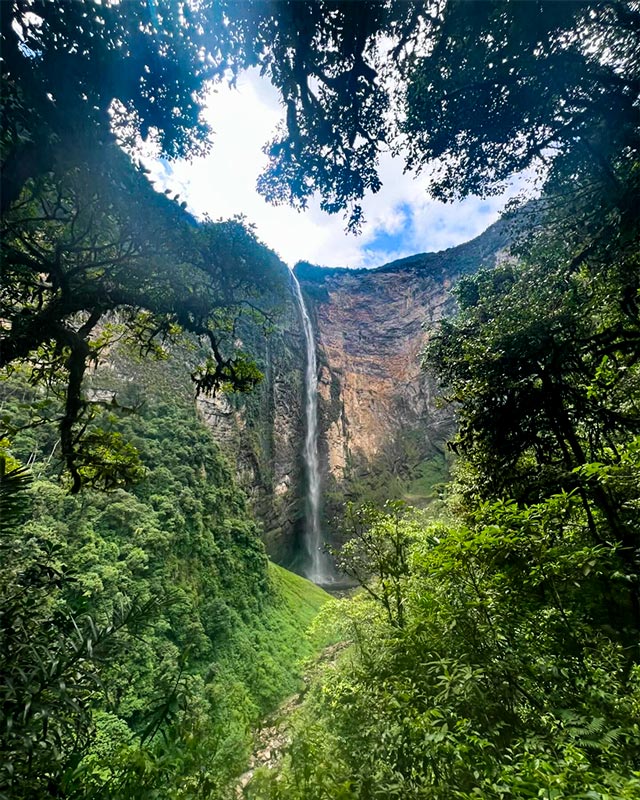
The Peruvian jungle is one of the most biodiverse areas on the planet. Peru’s Amazon rainforest is dense and filled with giant trees, lianas, ferns, and medicinal plants, including ayahuasca, used in traditional medicine and ceremonial practices. It is home to an immense variety of ecosystems with unique animal species, such as the jaguar, the pink river dolphin, and the caiman. Additionally, it hosts thousands of different types of plants, insects, and fungi, creating a space teeming with extraordinary wildlife.
This region is also a significant producer of cacao and coffee, products in high demand worldwide. However, their agricultural expansion contributes to deforestation challenges. To ensure the preservation of the jungle and its species, numerous natural reserves have been established to prioritize ecosystem well-being, including the Manu National Park and the Pacaya Reserve.
The jungle region is also home to Indigenous communities that have inhabited and preserved these lands for centuries. Some of these groups live in voluntary isolation, having no contact with the outside world. These communities include ethnic groups such as the Shipibo-Konibo, Asháninka, Yagua, and Matsés, among others. Members of these groups use their native languages to communicate, maintain ancestral practices, and live a lifestyle deeply connected to nature. Respecting these populations is essential, as they are an integral part of the jungle and play a key role in maintaining its balance.
Venture into Peru’s Amazon rainforest and discover a magical world of biodiversity, ancestral cultures, and breathtaking landscapes!
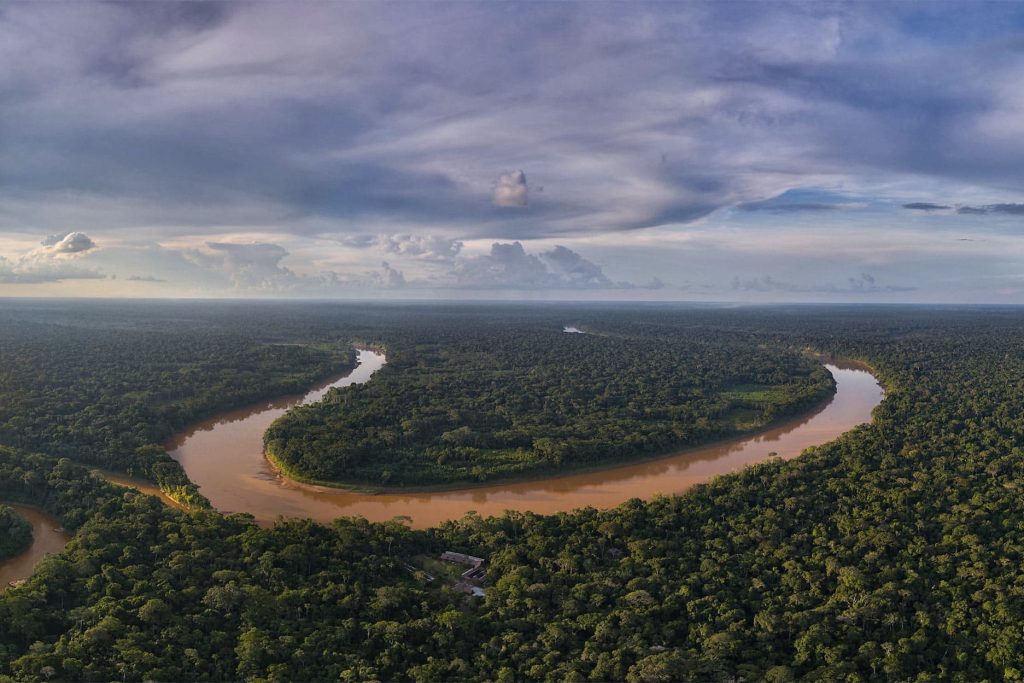
Historical and Archaeological Heritage
What Comes to Mind When You Think of Peru?
It’s natural to think of Machu Picchu, as it’s Peru’s most famous tourist attraction and one of the world’s greatest landmarks. However, many other archaeological sites are equally important to the country’s history.
Currently, Peru boasts 13 sites designated as UNESCO World Heritage Sites:
- Historic Sanctuary of Machu Picchu
- City of Cusco
- Archaeological Site of Chavín
- Huascarán National Park
- Archaeological Zone of Chan Chan
- Manu National Park
- Historic Center of Lima
- Abiseo River National Park
- Nazca and Palpa Lines and Geoglyphs
- Historic Center of Arequipa
- Sacred City of Caral-Supe
- Qhapaq Ñan, Andean Road System
Peru is one of the richest countries in the world in terms of historical and archaeological heritage. Its vast cultural legacy spans thousands of years, from the earliest Andean civilizations to the grandeur of the Inca Empire and the influence of Spanish colonization. Across Peru’s diverse territories, distinct ways of life evolved, each contributing to the vibrant Peruvian culture we know today.
Let’s see what makes this heritage so unique!
Pre-Columbian Civilizations
The pre-Columbian civilizations of Peru represent one of the richest cultural heritages in the Americas, with advanced societies that dominated and influenced large territories across South America. These civilizations left a profound legacy that has been preserved due to its significant architectural, religious, and artistic importance.
- Caral (3000 BCE – 1800 BCE): Recognized as the oldest civilization in the Americas and one of the earliest to develop urban societies worldwide. The city of Caral, a UNESCO World Heritage Site, is renowned for its sophisticated urban layout, featuring pyramids and irrigation systems that were remarkably advanced for their time.
- Chavín (1200 BCE – 200 BCE): Known as the “mother culture” of the Andes, Chavín strongly influenced later civilizations. This profoundly religious society connected diverse regions through its ceremonial center at Chavín de Huántar. Iconic artifacts include the Lanzón Monolithic and the cabezas clavas (stone heads).
- Nazca (200 CE – 600 CE): Famous for the mysterious Nazca Lines etched into the desert sands of southern Peru. These massive figures, depicting animals and geometric shapes, are visible only from the air, and their purpose remains a mystery. The Nazca were also pioneers in hydraulic engineering, developing puquios, underground channels to capture water.
- Moche (100 CE – 800 CE): Renowned for their advanced metallurgy and intricate ceramics, which depict daily life and mythology in vivid detail. Key sites include the Huaca del Sol and Huaca de la Luna temples, as well as the remarkable huacos retrato (portrait vessels).
- Chimú (900 CE – 1470 CE): This civilization built Chan Chan, the largest adobe city in the Americas. The Chimú were the dominant kingdom on Peru’s northern coast before being conquered by the Incas. They were also highly skilled in hydraulic engineering, creating complex irrigation systems to support agriculture.
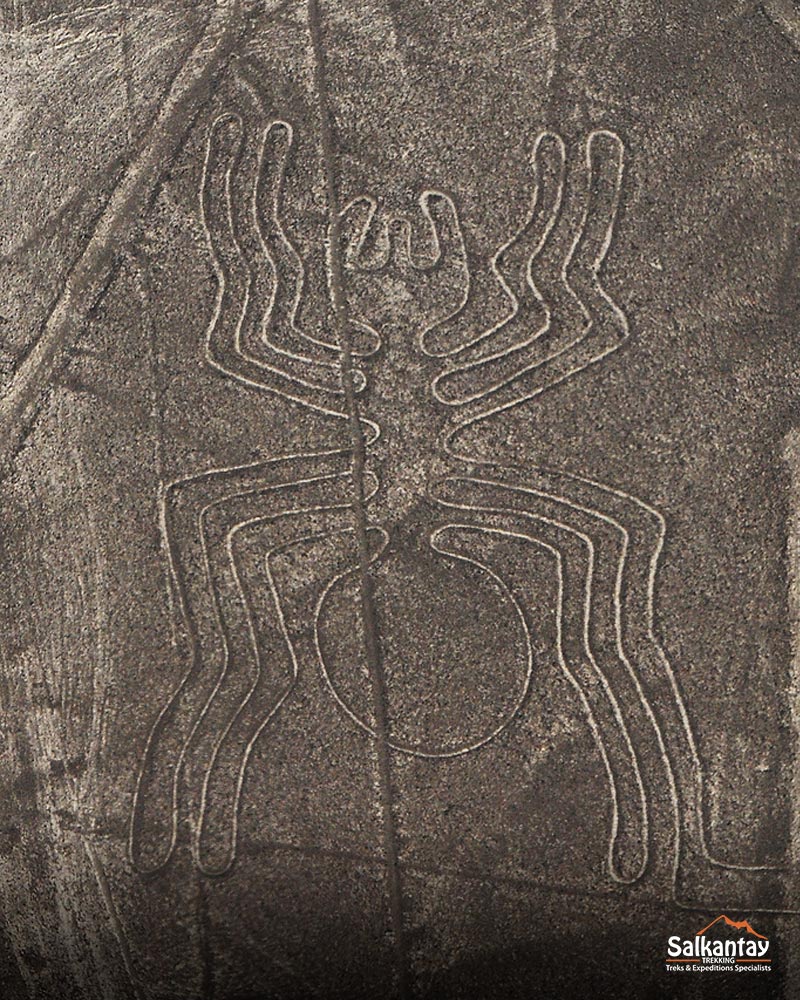
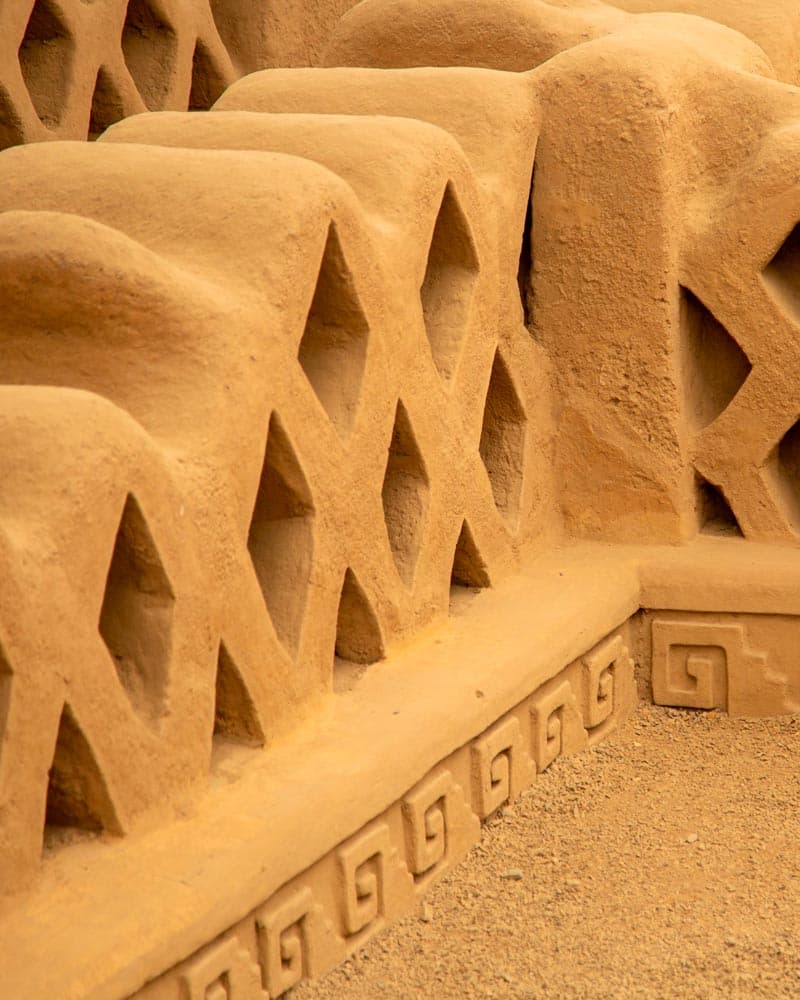
The Inca Empire (1438 – 1533 d.C.)
The largest empire in America deserves special recognition. Before the arrival of the Spanish in 1532, the Incas managed to dominate a vast part of South American territory and left a legacy that continues to amaze us even today.
Peru’s most well-known and extensive pre-Columbian civilization established its capital in the city of Cusco. Their empire, Tahuantinsuyo, stretched from southern Colombia to central Chile and northwest Argentina. The way they connected all these regions was through a vast network of roads known as Qhapaq Ñan. These impressive routes covered around 2 million square kilometers, crossing all types of terrain, from the mountains to the jungle, creating challenging paths that led to remote locations. This intricate road system was essential for maintaining control over such a vast empire, facilitating trade, communication, and military movement across the Andean region.
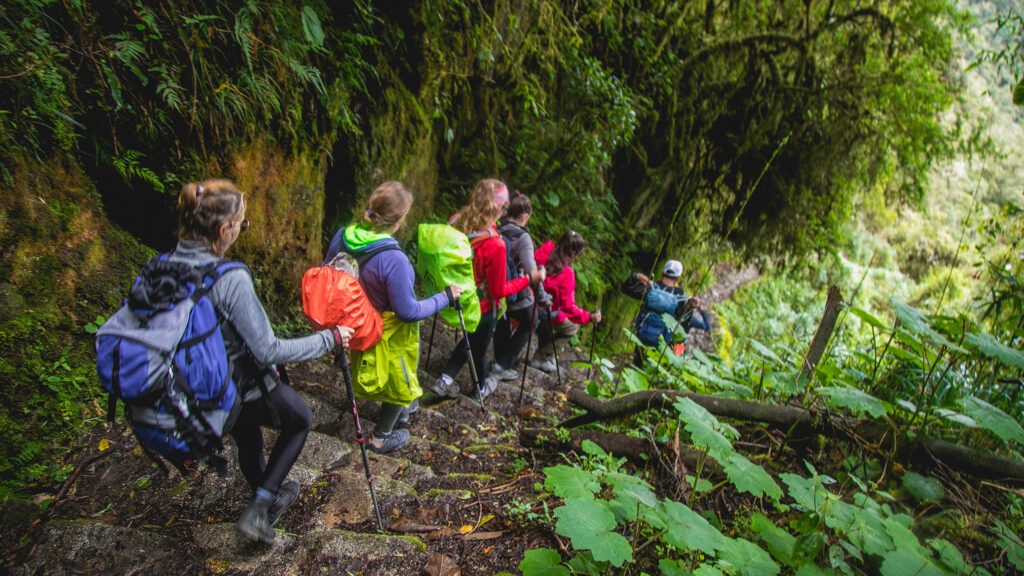
A Civilization of Superior Intelligence
The Inca cultural, architectural, and organizational heritage continues to be admired for its ability to integrate elements from various cultures and enhance them, making their civilization one of the most advanced of its time and surpassing other pre-Columbian cultures of Peru. Machu Picchu, Sacsayhuamán, and Ollantaytambo are just a few examples of their extraordinary intelligence and mastery of engineering. Their ability to shape massive stones that fit perfectly together is still a subject of study today. Moreover, the Incas had an advanced system of administration called quipu. Due to the absence of a written alphabet, the quipus served as tools for recording histories, counting livestock, and even as a means of communication to transmit important information. These knotted strings were an innovative way to store and manage data and played a key role in the functioning of the Inca Empire.
The Legacy of the Incas
The Incas were remarkable farmers who developed innovative methods to cultivate in cold, mountainous terrain. They utilized agricultural terraces, planting crops at various altitudes based on the specific climate needs for proper growth. They implemented sophisticated irrigation systems and domesticated crops like potatoes, corn, and quinoa, which remain staple foods in the Andes today.
Additionally, many elements of Inca religion continue to thrive. Veneration of the Sun (Inti) and Mother Earth (Pachamama) were central to ensuring successful harvests. In rural Andean communities, rituals and offerings to Pachamama are still performed to seek her blessings for agricultural families and to ensure good crops.
In conclusion, the Inca Empire was one of the most advanced in history, and it has passed down invaluable knowledge and cultural, historical, and artistic wealth to subsequent generations.
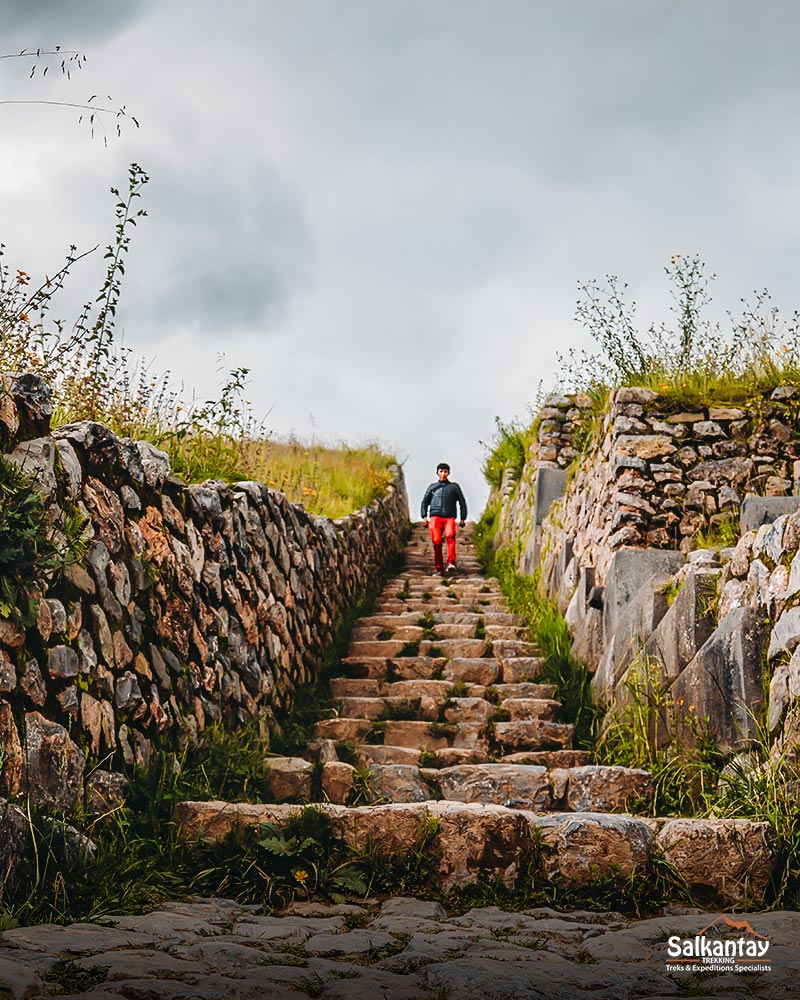
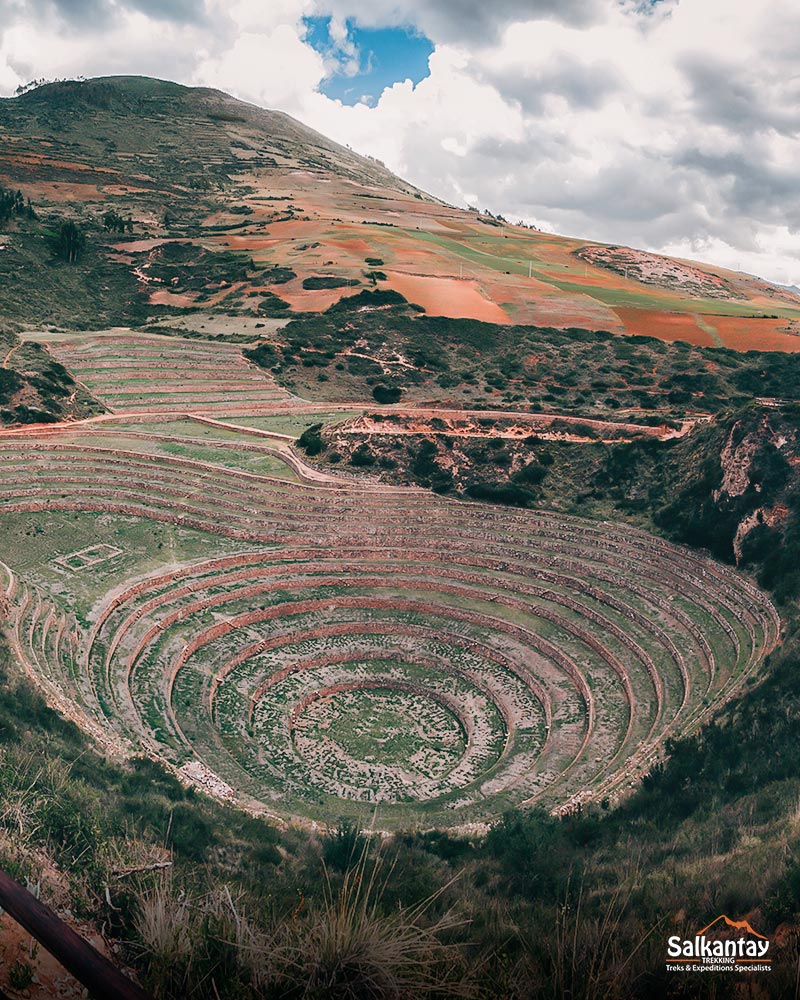
Living Heritage
The cultural heritage of Peru is not limited to ruins and historic buildings. Traditions, festivals, music, dance, and gastronomy are also treasures that contribute to the country’s rich identity. All of these elements have played a crucial role in shaping the Peruvian people’s identity, and it is essential to highlight them.
Traditional dances and festivities
The dances and celebrations of Peru combine indigenous, colonial, and mestizo traditions, making them diverse from one another but unique in the world.
Among the traditional dances, we can highlight:
- Marinera (Coast): Considered the national dance of Peru, it is elegant and romantic, symbolizing the courtship between a couple. It is accompanied by handkerchiefs and music from the guitar and cajón.
- Festejo (Coast – Afro-Peruvian): This joyful dance celebrates the African influences in Peru. It is lively and features rhythmic and expressive movements.
- Huayno (Highlands): A typical dance from the Andes, with roots in Quechua culture. It follows music of the same name and is characterized by fast movements and jumps in rhythm with instruments such as the charango and the zampoña.
- Scissors Dance (Highlands): An impressive dance from Ayacucho and Huancavelica that combines music with acrobatics and challenges. Dancers use metal scissors that strike to the rhythm of the music, hence the curious name.
- Diablada Puneña (Highlands): This traditional dance from Puno depicts a symbolic struggle between good and evil, featuring devil masks and highly elaborate costumes.
Among the traditional festivities, we can mention:
- The Festival of the Virgin of Candelaria (Puno): Declared Intangible Cultural Heritage of Humanity by UNESCO, this celebration combines Catholic elements with Andean traditions. It includes colorful parades, music, and dances such as the mentioned Diablada.
- Carnival of Cajamarca: With its groups, folk songs, and vibrant costumes, this carnival blends indigenous and colonial elements.
- Inti Raymi (Cusco): The Festival of the Sun, an Inca celebration held every year in Cusco during the winter solstice. It honors the Sun God, thanking him for his influence on the harvests.
- Qoyllur Rit’i (Cusco): A pilgrimage that takes place near the Ausangate snow-capped mountain, combining indigenous and Christian traditions. Thousands of people participate in traditional clothing, and various saint processions are held.
- Festival of Saint John (Amazon): A festival of the Peruvian jungle that honors Saint John the Baptist. It is celebrated in June with dances, typical food, and activities along the rivers.
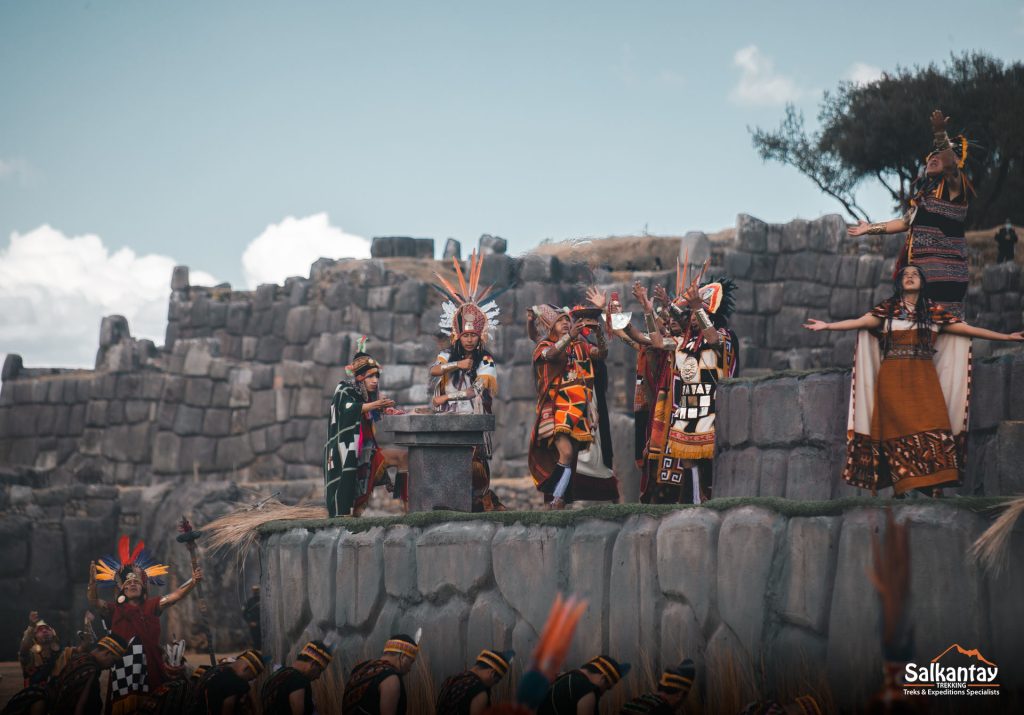
World-Renowned Cuisine
In recent years, Peruvian cuisine has become one of the most well-known and appreciated in the world. It is popular for its incredible diversity and cultural richness, blending flavors from different origins. Peru has influences from indigenous, colonial, African, Asian, and European cultures, which have led to a varied and creative cuisine. This wide variety has made the country a top culinary destination, ideal for food lovers.
Here are some of the best dishes from Peru:
- Ceviche: This is Peru’s flagship dish. It consists of fresh fish marinated in lime juice, mixed with onion, chili, cilantro, and served with sweet potato and corn (choclo). Its freshness and unique tangy flavors make it a highly appreciated dish in Peru.
- Lomo Saltado: A mestizo dish that blends Chinese culinary techniques (stir-frying in a wok) with local ingredients. It includes beef, onion, tomato, chili, and is served with rice and French fries.
- Ají de Gallina: A creamy stew made from shredded chicken, yellow chili, milk, and bread. It is served with rice, boiled egg, and black olives.
- Rocoto Relleno: A dish originating from Arequipa that consists of a rocoto (a spicy pepper) filled with meat, cheese, and spices, then baked in the oven.
- Causa Limeña: A cold dish made from yellow potatoes seasoned with yellow chili and lime, filled with tuna, chicken, seafood, or vegetables.
- Anticuchos: Skewers of marinated beef heart grilled over an open flame, typically served with corn and potato. This is a popular street food, many Peruvians enjoy quickly on the go.
If you’re in Cusco and want to try the best dishes in this Andean city, we recommend reading our blog Where to Eat in Cusco 2025, the Best of Cusco.
Tips for Traveling to Peru
After discovering all the wonders that Peru has to offer, you’re surely eager to see them in person. Don’t wait any longer! At Salkantay Trekking, we encourage you to visit our country and our beautiful city, Cusco. To ensure you have a smooth experience, here are some tips before traveling to Peru.
Best time to visit Peru
As we’ve mentioned, the Peruvian territory has very diverse climates in each of its regions, so the best time to visit Peru depends largely on the area you wish to explore.
- Coast: The climate in this region is dry and warm, with the dry season running from May to October. This is the best time to travel to the coast and enjoy the beaches without rain. Some cities become more humid during summer (from December to March), but the temperatures are higher, and the climate is pleasant.
- Highlands: From May to September is the best time to visit Cusco, Machu Picchu, and other attractions in the Andes. During these months, the sky is clear and sunny, offering spectacular views of the landscape. You can enjoy hikes without rain interruptions, although temperatures are a bit cooler.
- Jungle: This area has a warm and humid climate year-round, but the dry season, from May to September, is the most favorable for outdoor activities. During this time, you can embark on excursions to get a deeper understanding of the extensive flora and fauna of the Peruvian Amazon.
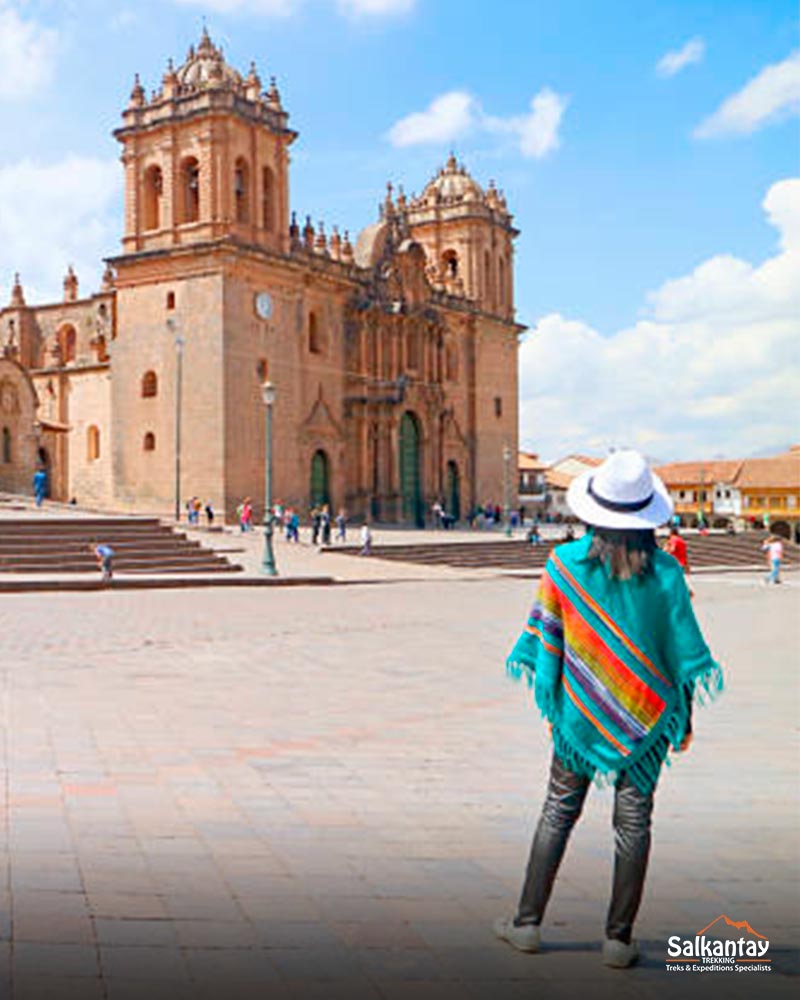

What to pack in my suitcase for a trip to Peru?
You’ll likely want to visit different places and engage in various activities, so we suggest bringing clothing for different climates and situations.
What to pack for the Coast:
- Light, breathable clothing
- Sunscreen
- Hat or cap and sunglasses
- Sandals or comfortable shoes
- Insect repellent
- Beach towel or sarong
- Waterproof bag
- Reusable water bottle
What to pack for the Highlands:
- Warm clothing and layers
- Thermal clothing
- Hiking boots or sturdy, waterproof footwear
- Raincoat
- Long pants
- Warm hat or beanie
- Large, durable backpack
- Flashlight or lantern
What to pack for the Jungle:
- Light, breathable clothing
- Comfortable, sturdy, breathable footwear
- Insect repellent
- Waterproof clothing or poncho
- Hat or cap and sunglasses
- Flashlight or lantern and extra batteries
- Reusable water bottle
- Sunscreen
Recommendations for a Perfect Trip
- Get ready for altitude: Many destinations in Peru, such as Cusco and Machu Picchu, are at high altitudes. Prepare well and follow our tips to acclimate to the altitude.
- Learn basic Spanish phrases: Although many people in tourist areas speak English, it’s helpful to know some basic Spanish phrases. It’s a sign of respect and will make your travel experience more enjoyable.
- Drink filtered water: Tap water in Peru may be unsafe for travelers. Drink bottled, boiled, or filtered water.
- Respect local customs: Peru’s rich cultural heritage has been preserved through respect for and relevance to its traditions. It’s important to continue honoring these local customs.
- Respect nature: Peru has diverse ecosystems, such as the Amazon rainforest and the Andes. Respect wildlife and the environment to avoid disrupting the natural cycle of life.
- Prepare for long walks: Peru’s natural attractions often involve long hikes to take in those breathtaking landscapes. Wear appropriate clothing and footwear, and prepare physically if necessary.
- Currency and Tips: The Peruvian Nuevo Sol (PEN) is the local currency. While credit cards are accepted, it’s recommended to carry cash for small purchases in local markets.
- Travel Insurance: It’s always a good idea to have travel insurance that covers health issues, cancellations, and lost luggage, especially when visiting or hiking in remote areas.
To know everything before traveling to Peru, we recommend reading our Peru Travel Guide blog. Here you’ll find information on transportation, types of accommodation, visa requirements, and more.
Peru is a country that will surprise and captivate you with its vast variety of landscapes, cultures, and activities. Join us and embark on the trip of a lifetime!
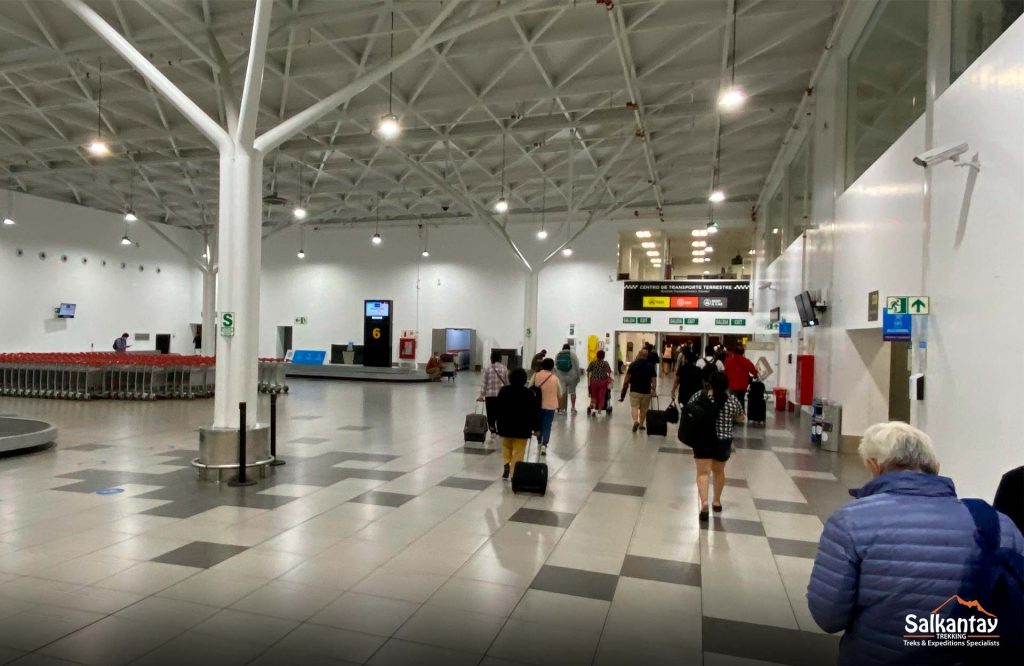
You may be interested in:
- World Travel Awards 2024: Celebrating Peru’s and Salkantay Trekking’s Success
- Peru Destinations: The Best Places to Visit in Peru
- Peru Travel Guide
- The Ultimate Packing List for Your Adventure in Peru
- What is the Best Time to Visit Peru According to its Climate and Seasons?
- Solo traveler in Peru: Guide for adventurers


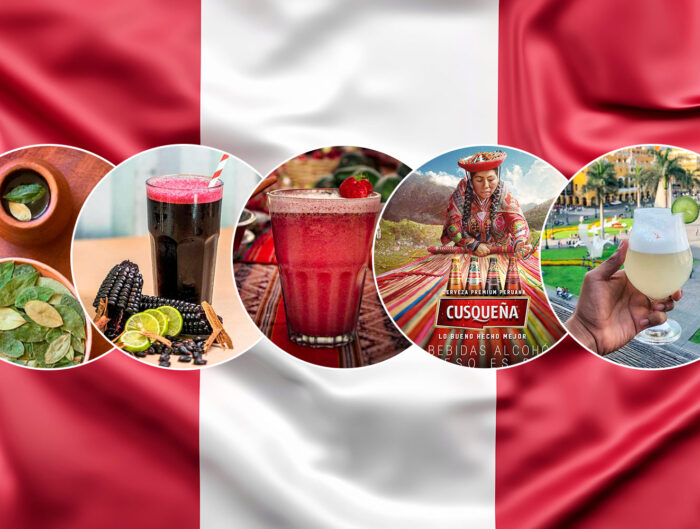
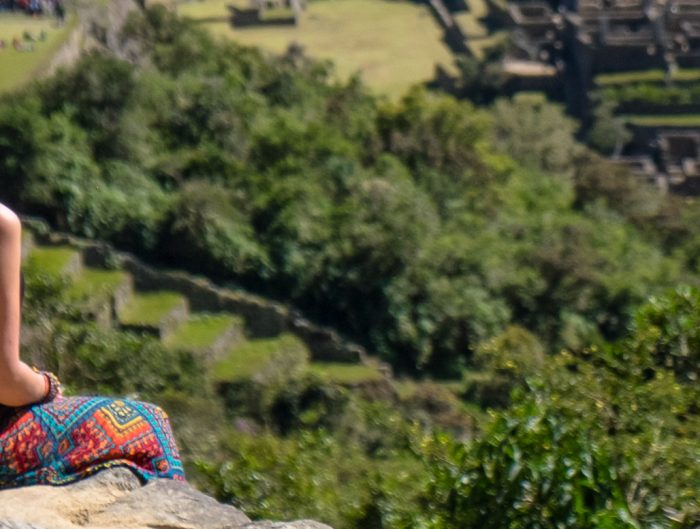
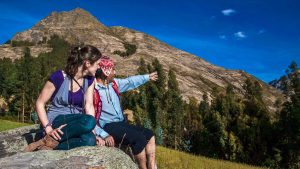
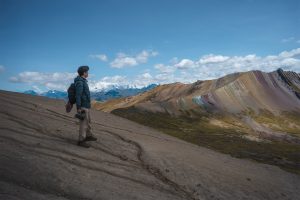
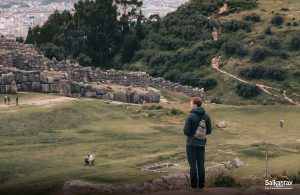
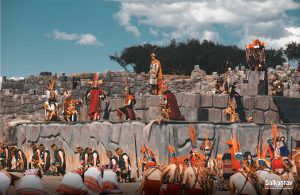
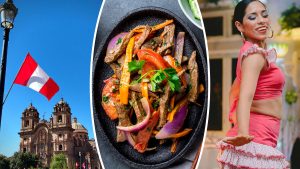
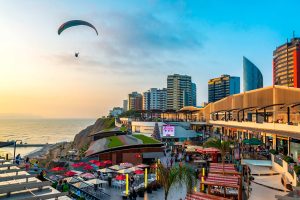
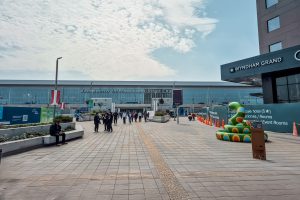
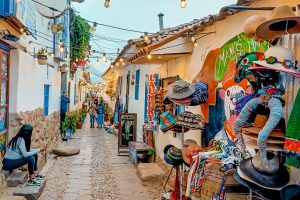

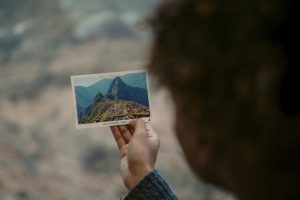
Leave A Reply